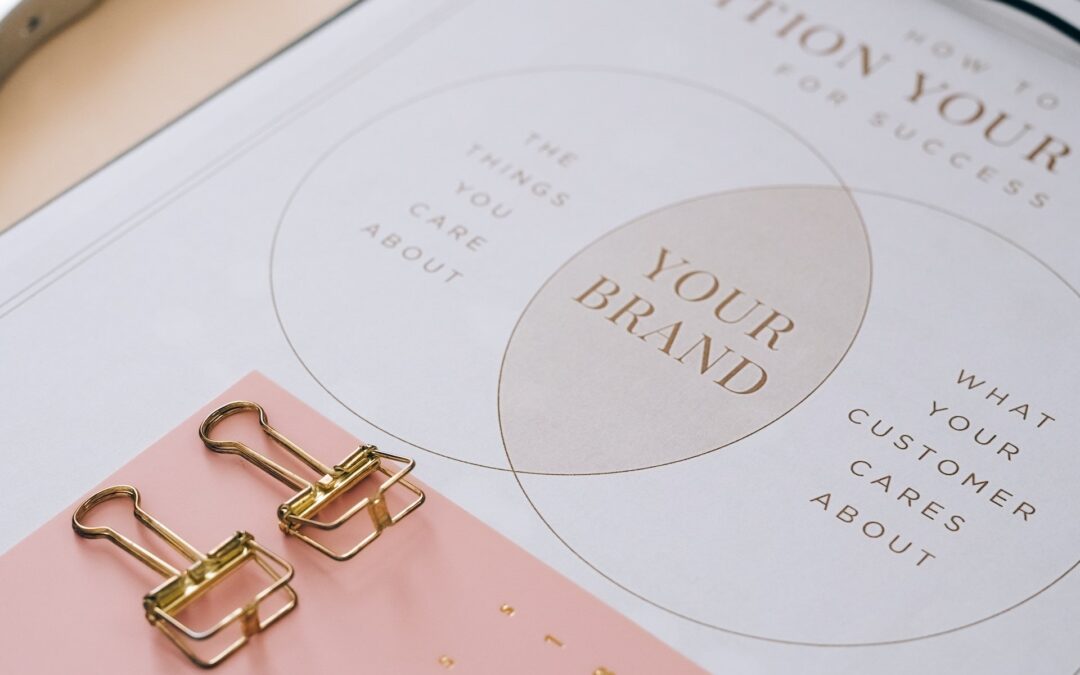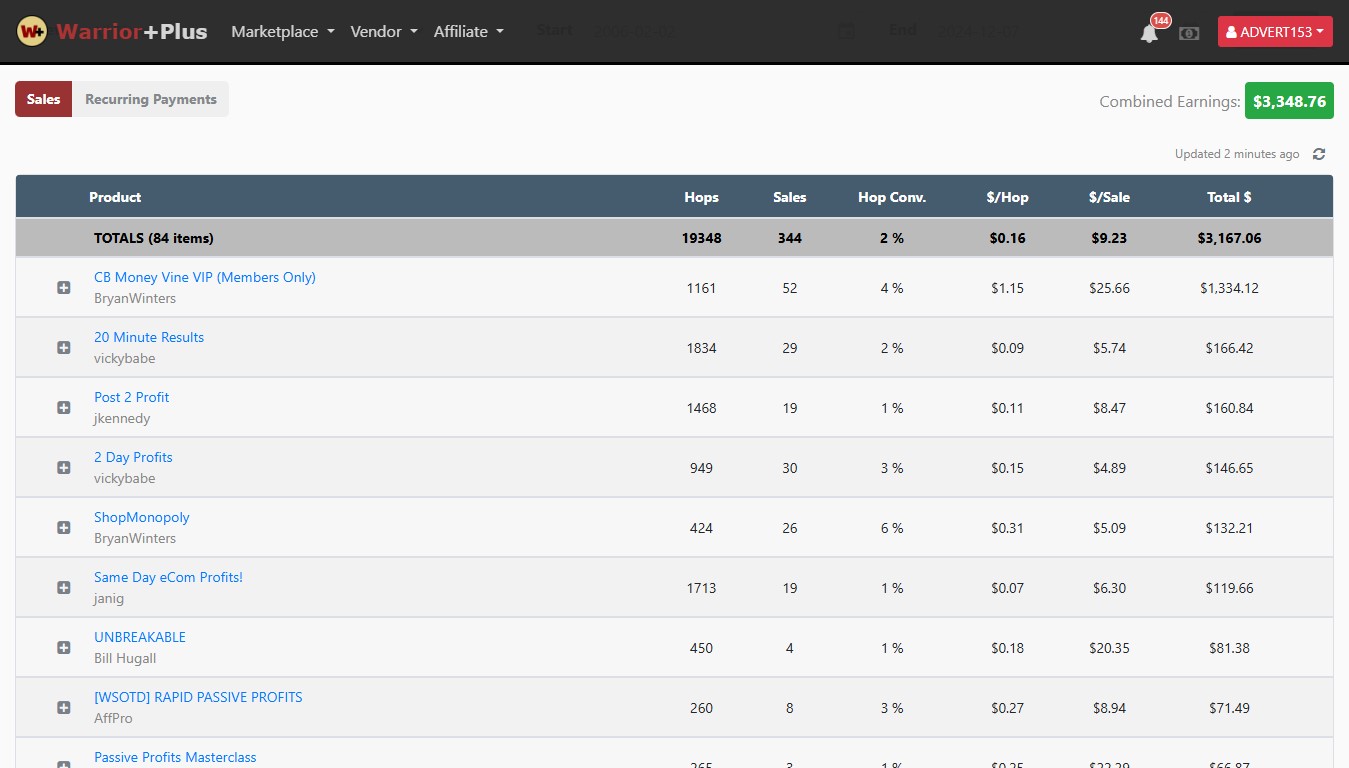All content from this site is free, but this post may contain affiliate links, which means I will earn a commission if you click on the link and purchase the product.

Written by Jose Geraldes
A Complete Step By Step Guide To Starting Your Own Blog In 2022 With Practical Tips For Success.
You don’t need to be a blogger, writer, or established entrepreneur to find success with a blog. With the right tools, education, and mindset for blogging in 2022 and beyond, you can have a successful blog of your own.
Table of Contents
Introduction: Share Your Story With The World
Step 1: Choose A Domain Name For Your Blog
Step 2: Choose A Web Host For Your Blog
Step 3: Find The Perfect WordPress Theme
Step 4: Design Customization Tips For Your Blog
Step 5: Create Content For Your Blog
Step 6: SEO (Search Engine Optimization)
Share Your Story With The World
You probably have good stories to share, but it’s too difficult to figure out how to start blogging. Luckily, this article is here to show you the steps!
If you ever want to start blogging or have never been through the process, it can seem scary to design it yourself, find a host, and be good at search engine optimization.

But once you learn how to do it, there’s an easy path. There are hundreds of millions of blogs online. Many blog creators post at least once a month and some even more often.
One downside of having so many blogs out there is that it can make it difficult to stand out from the crowd. Creativity is the difference between a bland blog and one that stands out. You have a better chance of success with creativity to avoid being unprepared for your audience.
Plus, the content should be routinely posted, so it can remain relevant and on-brand for your audience.
If you follow these steps, your followers can grow quickly, and you’ll be able to deliver meaningful content to a bigger audience.
Step 1: Choose A Domain Name For Your Blog

To make an effective blog, one of the first steps you need to take is choosing a domain name. Your domain is what you type into the address bar to get to your blog. It should be something that matches your brand or offers a description of it.
The best domain names are memorable ones – not the flashy ones or the funny ones. Good domain names provide a pointer to what your blog is about for Google, too.
For example, if you are blogging about being a “dog walker” in Paris your domain name could be walkadoginparis.com or if you are a restaurant owner and blogger, your domain name could be localrestaurantowner.com.
At Bluehost, they provide you with the best domain solution for your business. You can also enjoy their innovative integration which allows you to purchase web hosting when you choose your domain name.
Step 2: Choose A Web Host For Your Blog

Once you’ve picked your domain name, you need to find a hosting company. There are over 30 hosting providers, but you’ll want to make sure that you choose a provider who specializes in WordPress. Bluehost does just that and they will take care of the rest for you.
WordPress is supported by a large community of dedicated users and as an open-source, you can benefit from the hard work they put into the platform.
They offer thousands of free, customizable plugins and themes that you can use. It means you can launch a blog for your audience with a ton of customization options.
While many home-based bloggers use WordPress, it is also powerful enough to power some of the world’s biggest companies. This shows that it should be capable of managing your blog as well.
Bluehost offers WordPress hosting for all, from first-timers to established businesses. The Basic plan is ideal for beginners and bloggers who just want to blog and share stories. For those planning on starting a business around their blog, the Pro package could be what you need.
Step 3: Find The Perfect WordPress Theme
It’s important to have a good theme when designing a blog as it will be the foundation of your website. When you choose the right one, it’ll make everything much easier.
Your website theme determines what your site looks like and how it functions. This includes things as simple as the colors you use, layout, or even interactive elements. Your theme is a key element in your brand’s image and influences the overall experience of your readers.
With tens of thousands of themes to choose from, the process of selecting the right theme for your blog can become overwhelming. Fortunately, you can use WordPress’ filtering feature to find one that works best.

To find blog themes by subject, use the ”Filter Theme” feature. You will also have the choice of different layouts and other design features.
Some of the features include:
– BuddyPress
– Custom Background
– Custom Logo
– Flexible Header
– Front Page Posting
– Post Formats
– Sticky Post
– Translation Ready
When you’ve found a theme that matches your own style, it’s time to personalize it. Customization will help your site stand out amongst the noise.
Step 4: Design Customization Tips For Your Blog
To start out, you’ll want to customize your blog using various WordPress plugins. This will really make it functional and efficient, but keep a few of these guidelines in mind so that you don’t get into trouble down the road.

Add More White Space To Your Layout To Make It Less Cluttered.
The early days of web design have come and gone, and today it’s better to focus on user experience. A clutter-free website is more efficient and easy for visitors to find what they’re looking for.
It’s important that your blog doesn’t distract people from the content you’re trying to portray. The best way to keep your viewers focused on what you are saying in your blog is by using white space.
By using white space around text and images, you can keep your website free from clutter and make it more clean, simple, and effective.
No Stock Photos
Many bloggers are wary about using stock images. While they can be attractive and get the point across, they don’t really help your blog to be unique and original. You need to include other media when you can in your posts but using someone else’s images doesn’t do a favor to your site.
Professionally-taken photos are the best option if you have the funds (or you are technical savvy). That can be pricey, though.
A lot of people use their phones to share pictures on social media these days, and it can work really well for your blog posts too. When you’re first starting out and trying to find the right content, this is an easy fix!
Avoid Inconsistency With Your Icons, Design & Font
Details matter. Even if your audience is not aware of how well-crafted your icons and font are, they will likely associate a sense of professionalism with you.
The use of the same icons, design, and font is one of the most important rules when it comes to website design. You might want to make a few exceptions, but generally speaking, you’ll want the design of your blog to be consistent.
Contrasting Colors
The best blogs have a good level of white space. But when you use colors, it should be a highly contrasting hue to make it easier for users to read and share your blog post.
Using contrasting colors can help increase retention and readability.
Mind Your Design
When you’re laying the groundwork for your blog, there are certain design principles that you want to follow. It’s important to make sure your page designs are still functional and professional since your readers need to be able to find their way around and understand what they are reading.
When you’re just getting started with web design, it’s a good idea to work within the box rather than trying to think outside of it.
When getting started, there are many ways to be creative when it comes to web design. But it’s better to stick within basic and rudimentary design boundaries until you can get a feel for how the process works.
Here are a few blogging guidelines you should consider using:
– Headers
– Footers
– Seach Bars
– Sidebars
– Social Media Shares
– Author Attribution
– Subscription Options
Step 5: Create Content For Your Blog

It’s time to start publishing content!
When it comes to your blog, there may be blogs out there that are very similar to yours. You don’t want them doing a better job than you!
It’s important to come up with captivating content that will interest readers and keep them coming back for more.
Here are a few effective ways you can make your blog stand out:
- Create headlines that will make your readers want to click on your articles.
- A good introduction will keep readers interested in your text. Catch their attention with bold statements and interesting examples.
- Provide valuable content with helpful advice to keep your customers coming back for more.
- It will be easier for your readers to skim your article if you include subheadings and bullet points.
Bad Headlines Make It Hard For Blogs To Perform Well
A great headline can make a blog post worth reading. Most of the time, readers will only stick with you for so long if the first paragraph intrigues them. Without a compelling headline, most people won’t be interested enough to keep going.
It’s important to make headlines convincing and answer the reader’s questions. This is why “How to” articles are so successful because they provide an instant solution to a problem.
If you are unsure of the best headline, content, or article for your target audience, there are some easy questions to ask yourself:
– Keep an eye on your comment sections. What are they talking about?
– Know what’s popular in your market by taking advantage of content intelligence tools like BuzzSumo. Check out their list of the most popular posts in your niche that are already getting traction.
– Ask your subscribers what they want to see. The most loyal members of your blogging community can provide you with useful information about their needs and desires.
After choosing a topic, it’s important to have a well-crafted headline with some “oomph”. Generally, adjectives tend to weigh headlines down, but verbs can make them clear and dynamic.
When crafting your headline, try not to give too much away. Leave that for the body of your post. Your reader should be left wondering. You want them to read the article, not just skim it through the headline and decide they’re not interested.
That being said, don’t cheat your readers with spammy headlines. It will turn them off from your site and you’ll likely earn the labels of “click-bait” or “spam blogger.”
Attention-Grabbing Introductions Are A Must
Keep the momentum going. Once you’ve established that a viewer is interested enough to read your headline, don’t let them go. The fact that they’re reading something of yours is a huge accomplishment — most people in the U.S never scroll past headlines.
But you’ve managed to defeat that hurdle, and now want to keep them engaged. It isn’t easy, but with a little patience and creativity, you’ll find a way to do it.
Make your posts personal and detailed to what the reader is interested in. Whether it’s their professional or personal life, you need to make it clear you’re writing to them.
The importance of the information needs to be clear, but it also needs to have an urgency to it.
One mistake first-time bloggers often make is either going too academic or not being detailed enough. Your introduction should be compelling enough to get your reader interested in the rest of your article. You want to include real facts because it will make them trust you more, but don’t give an academic lecture about the topic.
Meaningful Content
On YouTube, the content is a black hole where users can spend hours upon hours watching videos. The problem with blogs is that it takes a lot more effort to engage your readers. Your blog should have strong content otherwise people will struggle to engage with it.
The best way to do this is to follow the promises you made in your headline: solutions and advice.
The goal is to solve your readers’ problems (or offer them your advice) in a simple and unmissable way. For example, if you’re writing about how to make the perfect Paella, the best way to do that would be to make it easy for them to interpret and follow the recipe.
Friendly Posts With Easy Scanning Format
It’s a well-known fact that most readers won’t read your entire blog post. You need to make sure that in the very beginning of your piece you only tackle one idea, not every single one all at once. This way, readers can pick and choose what they want out of the content you provide them, rather than being overwhelmed by too much information at once. If you have a lot of information to share, consider breaking it down into smaller portions using subheads and bullet points.
You need to be aware that your readers may have little to no knowledge of your topic, so it’s vital to include enough background information for them.
Subheads allow readers to bypass information they already know and head straight for what’s important to them.
When you’re shifting to a new topic in your blog posts, be sure to use subheads. This will help your readers focus and stay on track with the content.
Follow these suggestions when creating your subheads:
– A too-tricky headline doesn’t help your blog. Subheads are meant as a way for readers to easily skim your content and find the most important points. Don’t go too far with this strategy or it will just confuse your readers.
– Don’t bore your readers, keep them engaged by writing short and interesting subheads.
– Add extra spice to your subheads by keeping a trick up your sleeve. Remember, these are designed to help readers find what section they need, but make sure they take the time to read the whole article.
Step 6: SEO (Search Engine Optimization)
You’ve built a stunning blog that you can’t wait to show the world. But if nobody knows about it, you’ll never get readers!
Organic search will likely become the number one source of traffic to your blog. Depending on how popular your posts are, you may not need to spend any advertising money to get customers.
It is important that you have a search engine optimization (SEO) strategy in place for your blog. This is what helps your blog show up when someone searches a relevant keyword online.
When it comes to SEO, the goal is to rank well on search engine result pages. These are what show up after you perform a search on Google.

SEO Secrets
Google and other search engines want to prevent people from gaming the system when it comes to searching. As such, they screen content and prevent conflicting or irrelevant information from reaching users.
Companies keep the inner workings of their search engine under wraps by not revealing too many details about their algorithms or marketers could exploit search engine weaknesses and take away their primary goal.
There are over 200 factors that go into Google’s ranking of a site, and some will become more prominent as AI continues to change the way they rank sites.
Starting out in the world of SEO can seem tricky, but there are a few key things you need to do right out the gate to ensure a good head start. Keeping these fundamental basics in mind will help you go far with your blog!
The 3 Pillars Of SEO
Despite regular changes to the search algorithm and overhauls, Google’s Search Engine Results Page (SERP) has mostly remained unchanged.
The foundation of your SEO strategy should be to provide high-quality and relevant content. Most changes Google does to its algorithm prioritize high-quality content for queries.
There are three things you should focus on to improve your ranking on Google:
– Content
– Backlinks
– Website Technical Structure
SEO-Friendly Content
The ultimate goal when writing SEO-Friendly Content is to use keywords that are targeted to the right audience. These are the words or phrases that will show up in relevant searches, so they should be a big part of your content and titles.
You don’t need to stuff your post with keywords you’re trying to rank for. Just include 2-3 keywords in each blog post and make sure that these words are sprinkled around the text naturally.
Keyword research is important for a successful blog post, and there are a lot of different free and paid tools out there for this. One of the best paid Keyword Research tools is Ahrefs.
Long-tail keywords are more specific, which could mean they get fewer visits, and the people searching for them usually want very specific queries.
Some tips for using long-tail keywords: use Google’s own search engine to find related (semantic) keywords and potential subheadings. For example, if you’re coming up with a keyword, you can use Google Autocomplete when typing in your keyword to see popular variations for your keyword.
You can find more helpful keyword insights at the bottom of the SERP under “Related Searches.”
While it’s important to use keywords in your content so that your blog comes up when people search for them, good writing often includes relevant phrases without the writer needing to plan it.
Backlinks Are Important
Backlinks are links from one site to another, which are an important factor in SEO. They help your site rank better and can also earn you a higher ranking on the search engine results pages. If someone links to your website then they will have a backlink from you, and if you link out to a different website then they will have a backlink from you too!
More backlinks = More Blog Value! Search engines believe your website has value because other entities are linking to it.
It’s important to get links from credible sources, ideally, these will be websites recognized by Google as being relevant to your niche.
If major publications like the New York Times mention your blog and link back to it, you can expect a healthy boost in your SEO rankings. On the other hand, if a relatively unknown website links to you, it won’t do much for you.
Website’s Technical Structure
Many factors will affect your search engine’s ability to crawl and index your website files. Important ones include page speed, responsive design, URL structure, and site architecture.
The truth is that people have become more impatient. Research on U.S. Net habits analyzed data to estimate how much Amazon’s revenue dropped every time their pages took 1 second longer than usual to load. It turns out that if they spent an additional 1 second before loading, it would have cost them $1.6 billion in revenue.
For this reason, keep your blog’s load speed below 3 seconds, and the goal should always be to stay below this mark.
You can accomplish this by compressing image files, avoiding auto-playing videos, using a responsive WordPress theme, and avoiding too many plugins.
Until very recently, you didn’t have to worry about an SSL certificate for your blog if you weren’t handling sensitive information on the site. However, Google has recently announced that HTTPS is now a ranking factor. To make sure your website content is as accessible as possible, it is now a must to install an SSL certificate.
It’s also vital that you have a mobile-responsive design for your blog, so your visitors can access and view your content anytime and anywhere.
Smartphones are becoming increasingly more popular as we do more than quick Google searches on them. For example, people are spending a lot of time reading articles, listening to music, or watching videos on their phones.
Google ranks mobile-friendly websites higher than those that are not.
The Author
Jose Geraldes is a Portuguese guy, living in South Africa, who loves his food and his soccer. Jose is a web designer, a blogger, and everything in between.
FAQ: How much can I earn with a Blog?
I get asked all the time just how profitable a blog can really be, and let me tell you — it's exciting! While success doesn’t happen overnight, the potential is huge. By promoting products or services and earning commissions on every sale made through your links, the rewards can be incredible — especially if you’re in a high-conversion niche. With the right strategies, blogging can turn into a seriously profitable venture!
Below is a screenshot of my Warrior+Plus Earnings from offers on my Blog Posts:
Let Us Write, Publish & Monetize Your Blog
Do you need a blog? Are you struggling to find time to write posts? We are your solution. blog.pickandprofit.com is the most affordable blog writing service on the market. Our team will create, produce high-quality content and publish your blog, without the need to hire a web developer and full-time writer.
What's included ![]()
What's included ![]()
- Blog: We will create a blog for you. Your blog will look similar to blog.pickandprofit.com.
- Domain: We will register a domain for your blog based on the name you want for your blog.
- Web Host: We will host your blog on our servers without any extra charge for as long as you keep your monthly or annual subscription active. If you decide to cancel your subscription we can host your blog for only $67/year or you can move it to your server.
- Monthly Subscription: 1 Post per Month: We will create and publish 1 new blog post with authentic content based on your request. Each blog post will include 1,000+ words, images, and SEO.
- Annual Subscription: 12 Posts per Year: We will create and publish 12 new blog posts with authentic content based on your request. Each blog post will include 1,000+ words, images, and SEO.
- Google AdSense: We will work with Google to get your blog ready and approved to display their ads and you be able to earn revenue with your blog.
- Affiliate Program: Earn up to $500 for each referral your blog sends to blog.pickandprofit.com.
- Full Rights & Ownership: The blog and content we create for your blog belong to you.
Related Articles

How Much Can You REALLY Earn with a Blog? The Truth Revealed!
You don’t need to be a blogger, writer, or established entrepreneur to find success with a blog. With the right tools, education, and mindset for blogging in 2022 and beyond, you can have a successful blog of your own.

5 Tips To Build & Grow Your Personal Brand Using A Blog
Building a strong personal brand is essential for business marketing, but do you know how to do it online? It is important to understand what personal branding is and why it’s important. It also helps to understand how blogging can help build your brand.
No Results Found
The page you requested could not be found. Try refining your search, or use the navigation above to locate the post.



0 Comments